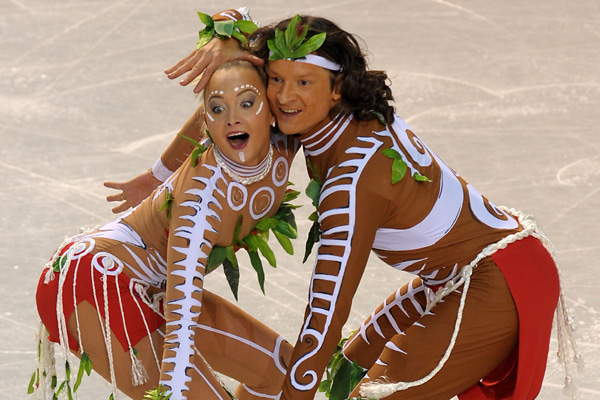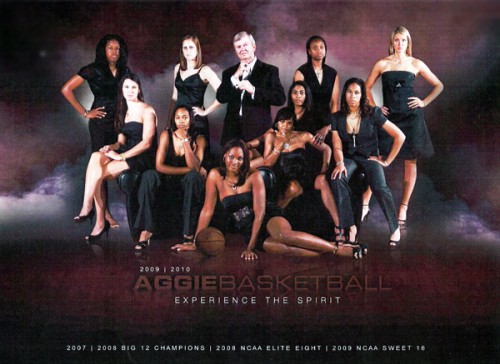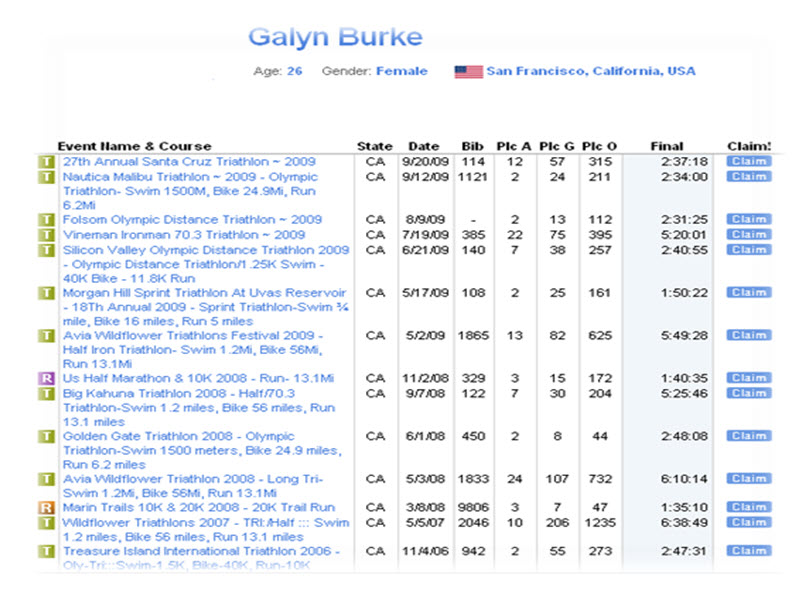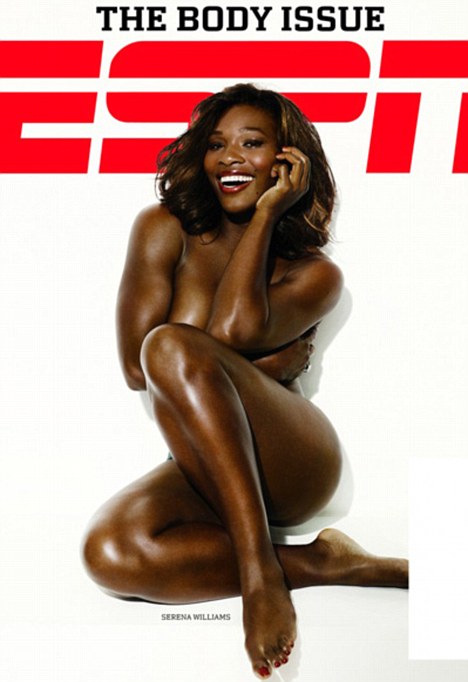Gwen M. sent in a story about a performance by Oksana Domnina and Maxim Shabalin at the Russian National Figure Skating Championships:

The pair won first place and plan to use the routine at the Vancouver Olympics next month. They explained that the routine (video below) was inspired by clips of Australian Aboriginal dance on the internet. About the idea, Domnina wrote: “I thought it was just crazy, but once we have tried it, we immediately fell in love with it.”
Bev Manton, the chair of the New South Wales Land Council thinks it’s less “crazy” and more offensive. She says:
I am offended by the performance and so our other councillors… Aboriginal people for very good reason are sensitive about their cultural objects and icons being co-opted by non-Aboriginal people – whether they are from Australia or Russia.
It’s important for people to tread carefully and respectfully when they are depicting somebody else’s culture and I don’t think this performance does.
The routine:
Sources (text; image). Via Racilicious.
Lisa Wade, PhD is an Associate Professor at Tulane University. She is the author of American Hookup, a book about college sexual culture; a textbook about gender; and a forthcoming introductory text: Terrible Magnificent Sociology. You can follow her on Twitter and Instagram.




